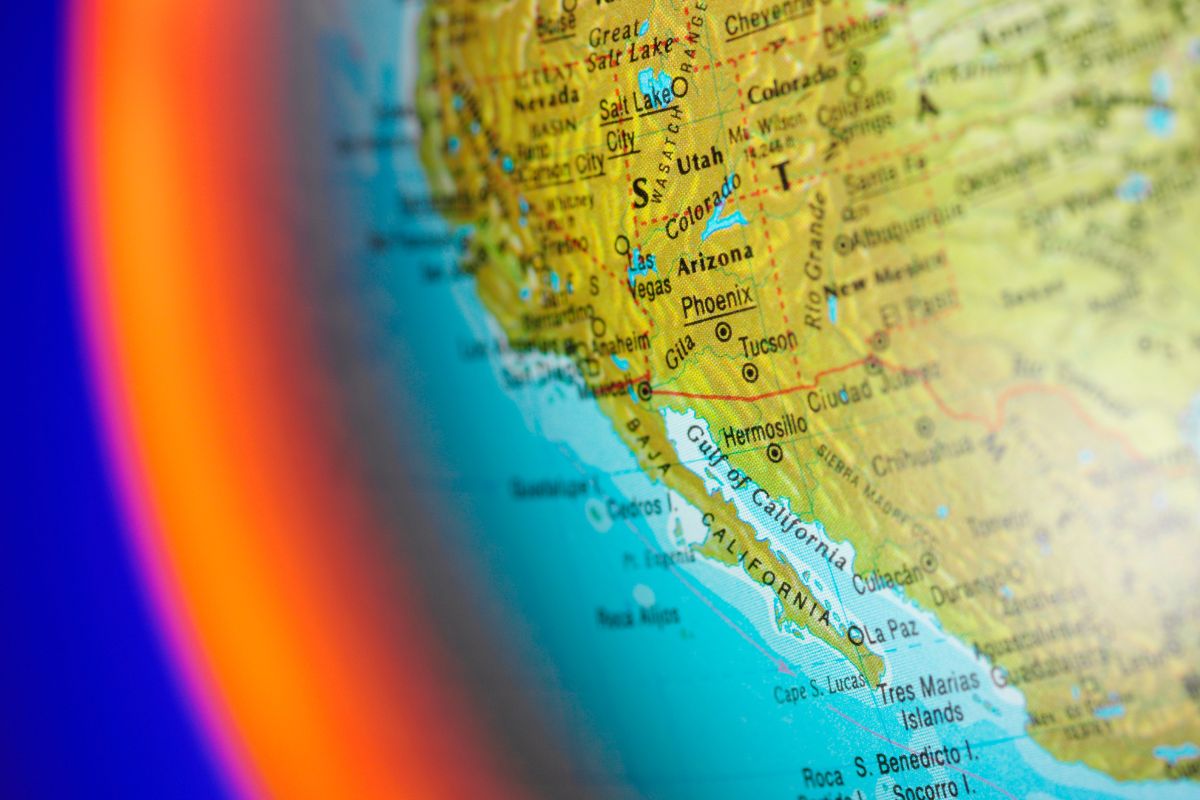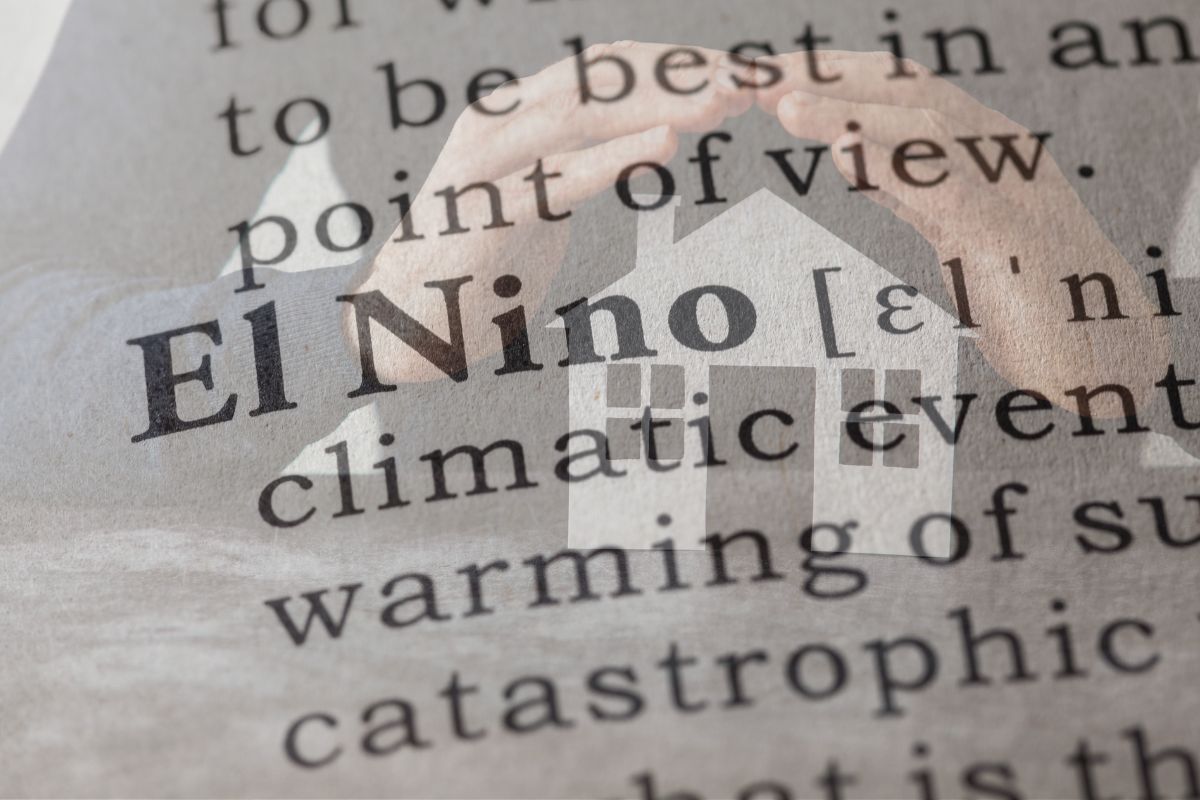The last time there was a similar El Niño event, the increased rainfall doubled claims at Mercury.
As of this month, the National Oceanic and Atmospheric Administration (NOAA) issued a statement predicting a significant El Niño event, which has insurers bracing for increased home insurance claims.
The conditions are already building, and strength is only expected to rise as winter gets nearer.
El Niño is a type of abnormally warm Pacific Ocean temperature near the equator. When this happens, though the change in temperature may seem slight, the impact on weather patterns is substantial worldwide. Its trends usually result in higher rainfall in the southern parts of the US and warmer, dryer weather in the northern regions. This also usually means a less active hurricane season for states along the Gulf and East Coast. That said, West Coast states are at a higher risk of flooding and water damage due to higher rainfall levels. This leads to more home insurance claims.

“Water damage is a huge concern when dealing with these storms, because it can impact the structural integrity of houses and wreak havoc on personal property. It’s also one of the most common claims filed by homeowners,” said Bonnie Lee, vice president of property claims at Mercury Insurance.
Beyond flooding claims, home insurance claims are also for mudslides triggered by increased rainfall.
Early 2023’s storms have done wonders for many western area water supplies, but it doesn’t mean that they have escaped the risk of wildfires and drought. The fires and droughts over the summer could bring on notably higher mudslide risks if rainfall levels rise, since fires and droughts can wipe out the vegetation on hillsides that hold the ground in place with their root systems.
Standard home insurance frequently will not cover mudslides and overland flooding, so insurers are reminding homeowners to review their coverage and determine whether they are at risk of this type of event. If it looks like this could be a threat to their properties, upgrading coverage is often recommended. Property owners can discuss options with their insurers to determine which ones best suit their needs.

